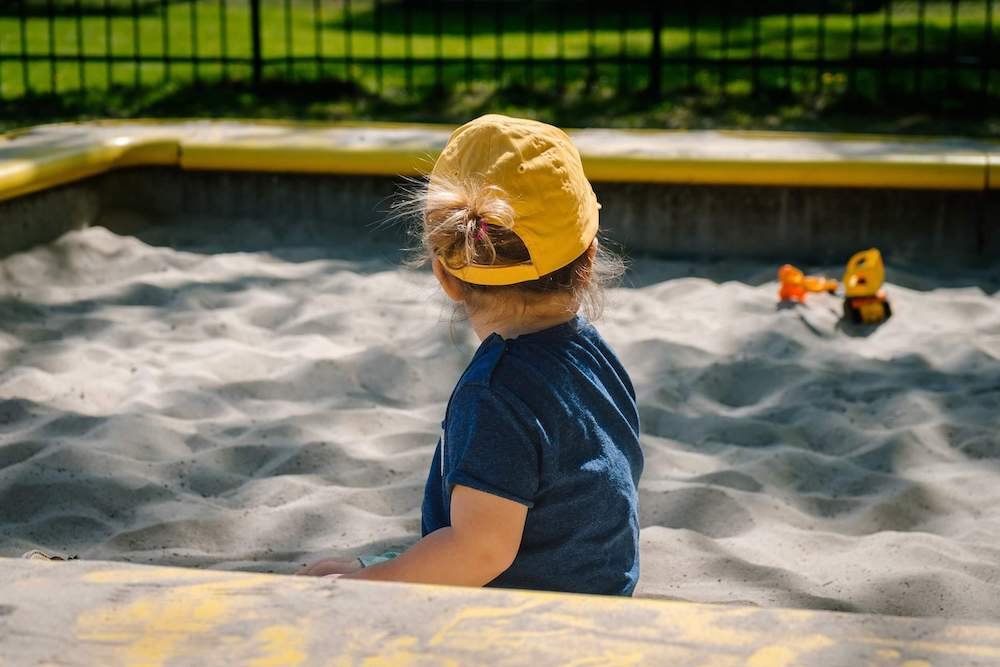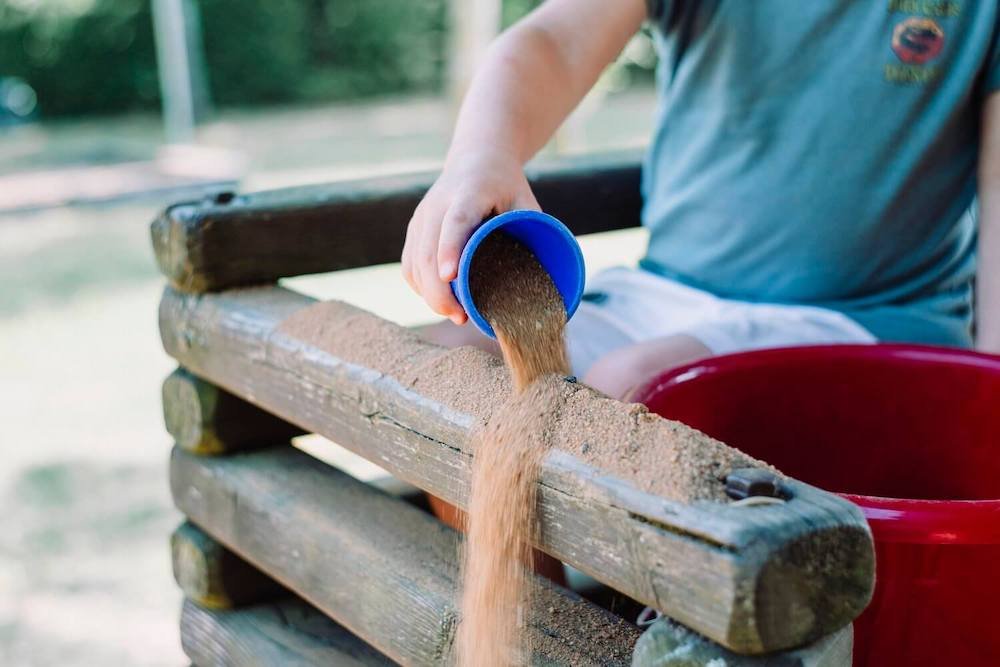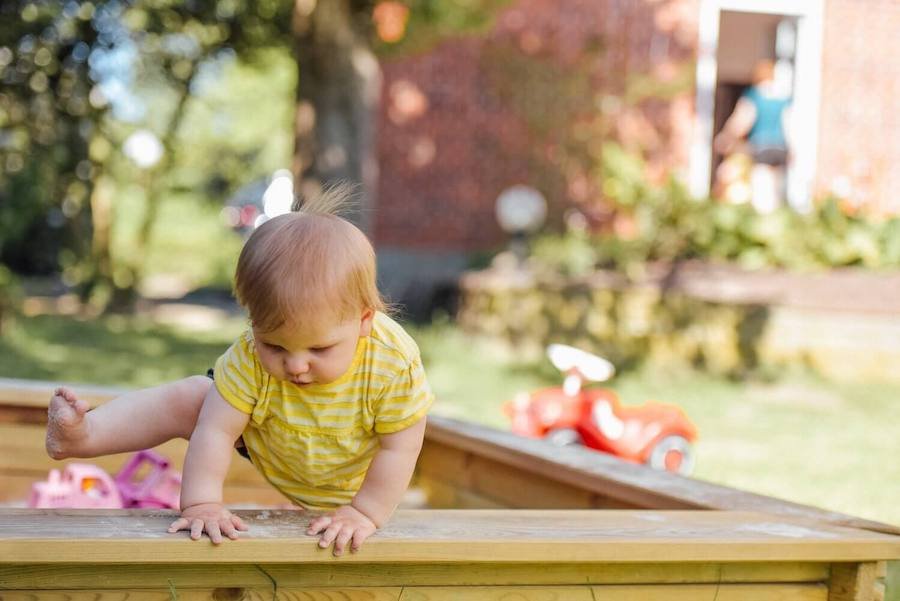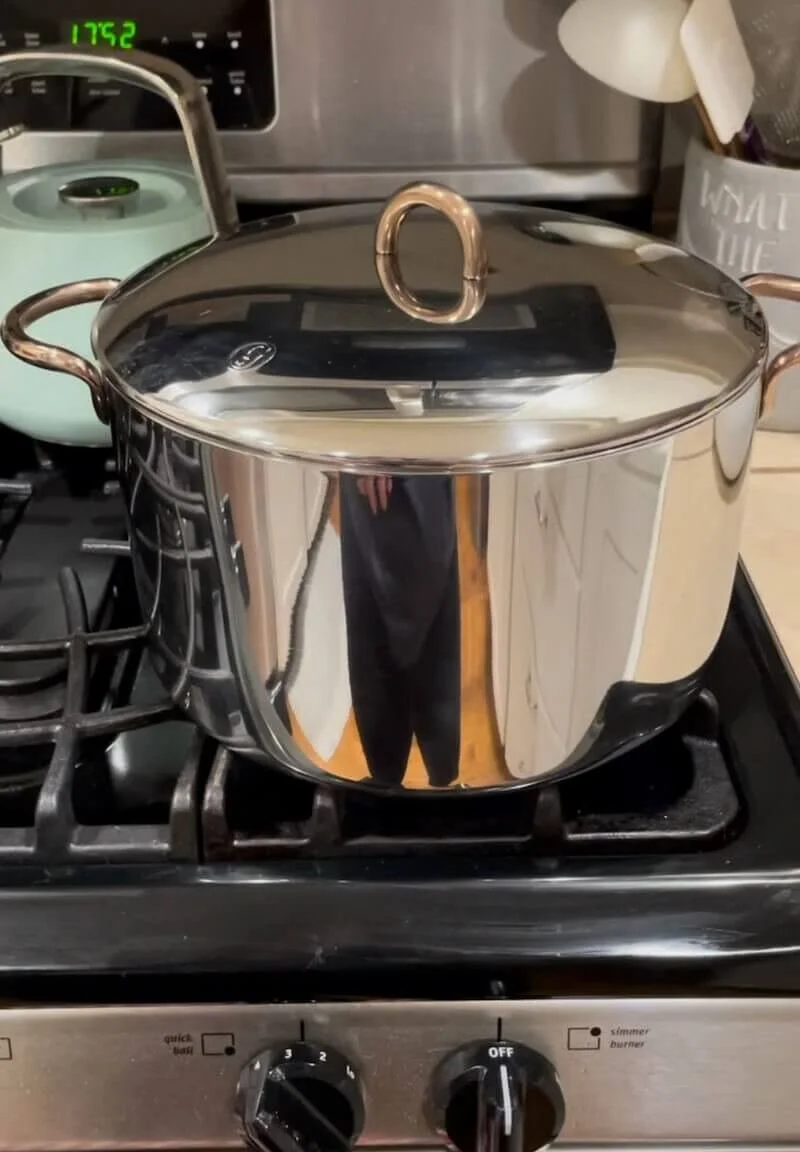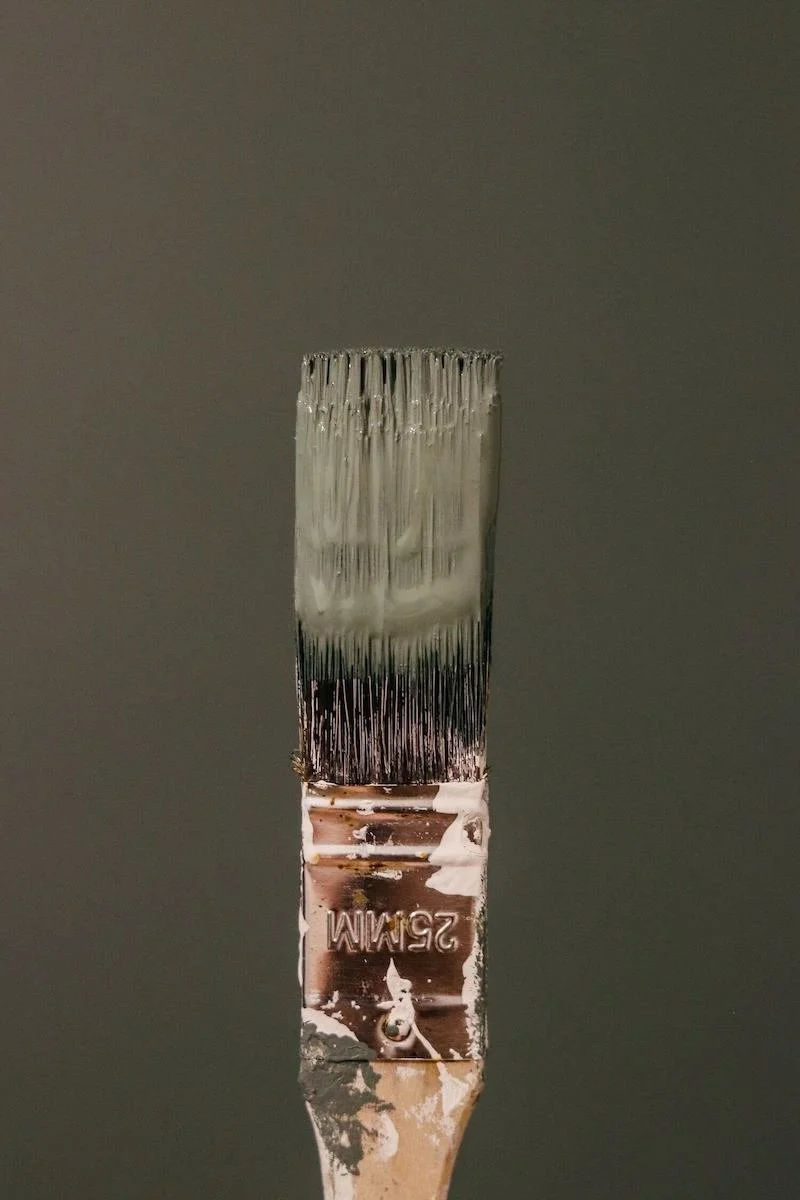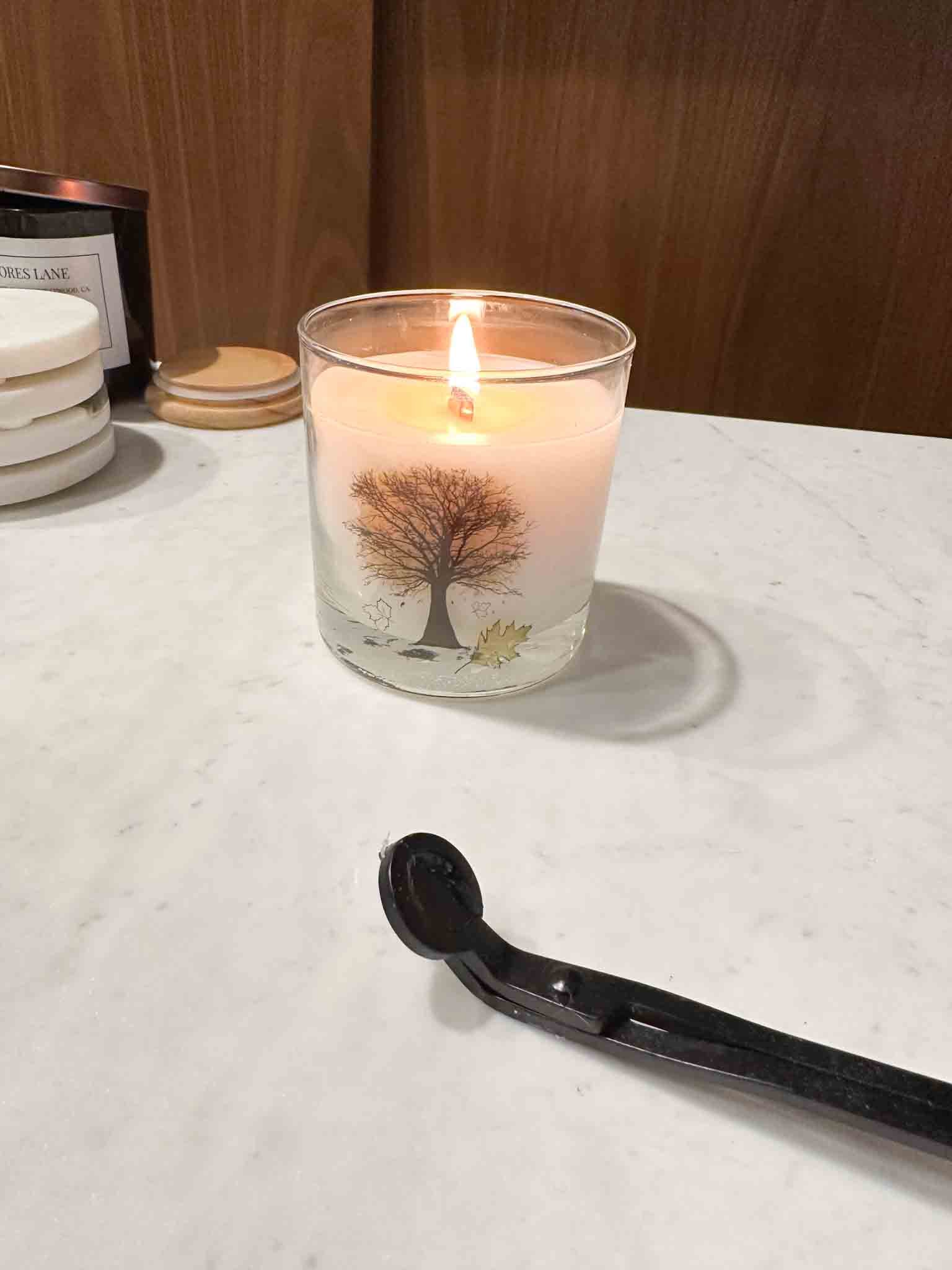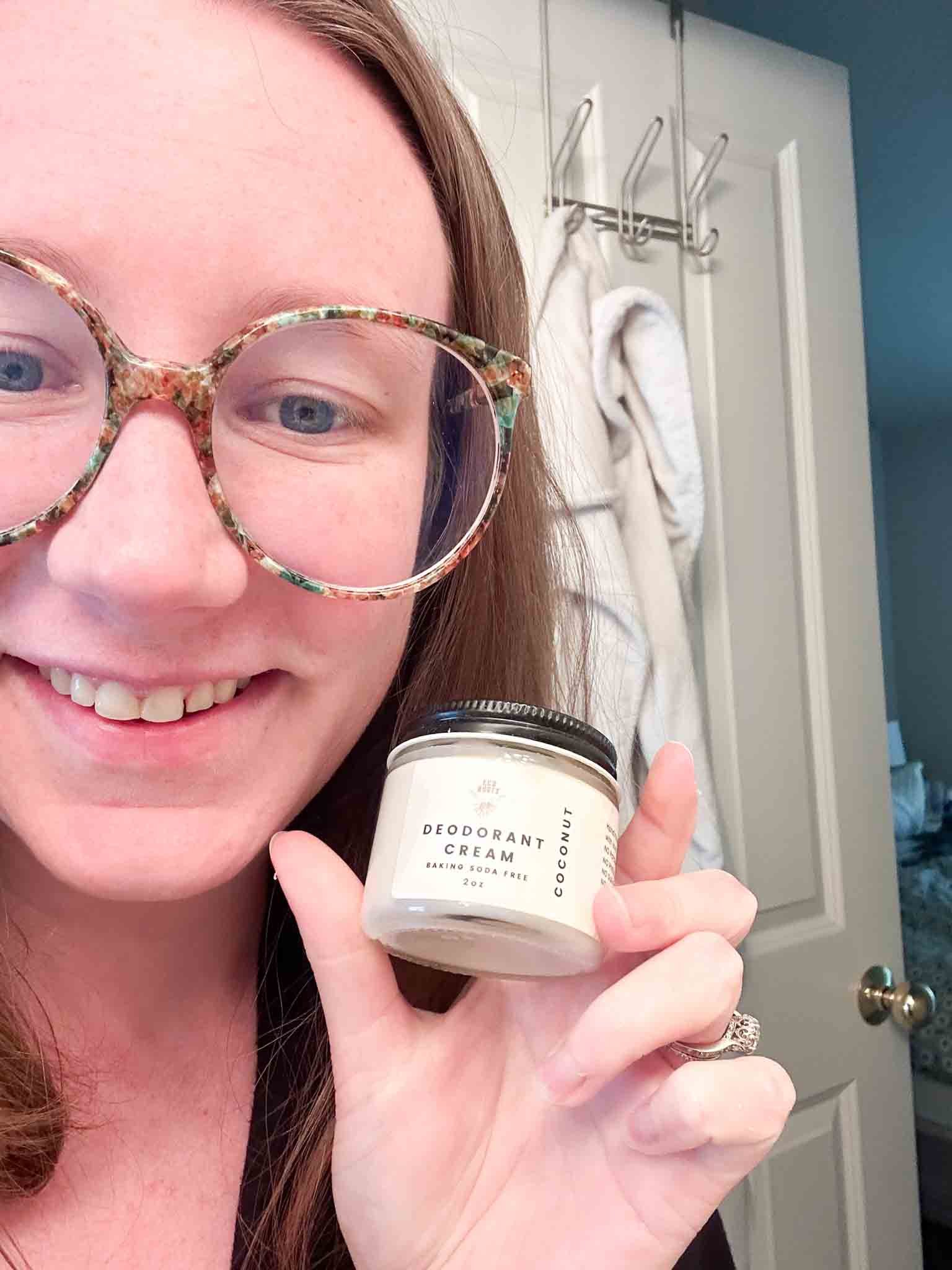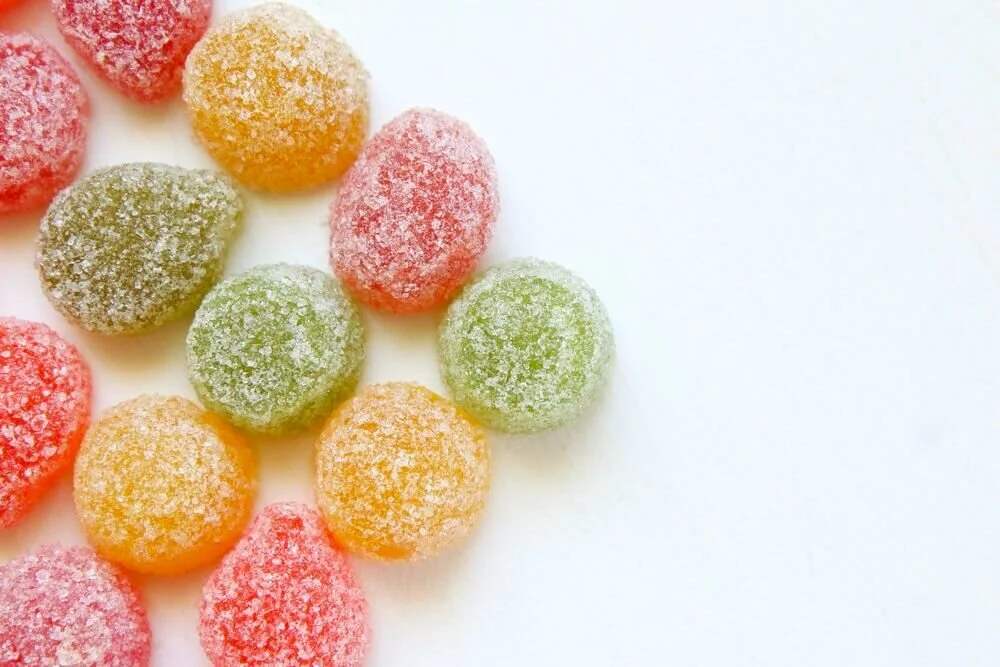The Best Non-Toxic Sand for Kids Sandbox 2024
Playing in the sand is a timeless activity that can keep kids endlessly occupied while also providing many benefits.
Sandbox or sand table play exercises children’s creativity while developing their fine motor skills and improving hand-eye coordination as they dig with spades, build sandcastles, and mold shapes.
Along with those benefits of sand play, playing in the sand can also encourage children to play outdoors and in groups, thus improving their social and communication skills.
But have you ever stopped to think what might be lurking in the kid's sandbox?
Unfortunately, not all sand is created equally when it comes to safety for children...especially when you've got young children who might be putting the sand in their mouth.
Let's explore some things to beware of and a few non-toxic sand brands for your outdoor sandbox.
Is Sand Toxic?
Whether or not sand is toxic may depend on the type of sand you are putting into your sandbox. There are typically three different types. These are:
Natural sand
Processed sand (sometimes referred to as commercial or conventional sand)
Kinetic sand
Play sand can be found in toy shops, garden centers, and hardware stores.
No matter what type of sand it’s composed of, it has usually been cleaned, filtered, and water-blasted to remove contaminants and make it finer and more suitable for play.
Natural and kinetic sand are usually the best types for play sand.
Natural sand is sourced from beaches, rivers, and deserts.
This type of sand is formed due to the erosion and weathering of small rocks.
It is coarser than other types of sand, but the cleaning, filtering, and blasting processes make it smoother and ideal for playtime.
Kinetic sand is also natural sand but has been made soft and smooth thanks to its coating of non-toxic, silicon-based polydimethylsiloxane.
This helps the sand grains stick together, allowing them to mold well. Kinetic sand also goes through several processes to remove contaminants.
However, kinetic sand comes in small batches and is more expensive.
You can make your own kinetic sand at home, but this would have to be for smaller, indoor projects as it would use a lot of time and money DIYing kinetic sand for a sandbox!
Processed sand should be avoided as play sand. It is derived from gravel pits and quarries, often as a byproduct of mining or construction.
It is made by crushing quartz rocks. Quartz contains crystalline silica which can be dangerous when swallowed or inhaled.
While processed sand is also washed and filtered, a residue of silica dust may still be left behind.
Health Impacts of Processed & Conventional Sand
Exposure to crystalline silica may be as a result of ingestion, but is usually through inhalation – particularly when the sand creates a lot of dust, as processed sand is wont to do.
In addition to the concern that the dust could trigger allergies or asthma, it can also cause your child to inhale this dangerous toxin.
Breathing in silica may lead to silicosis, as well as lung cancer, pulmonary tuberculosis, autoimmune disorders, and renal disease.
In addition to the toxins you may find in conventional sand, be mindful of bugs and bacteria in whatever sand you buy.
Maintain the sand in your sandbox to avoid these.
You can do this by raking the sand before and after use and by removing toys and others items from the sandbox after play. Keep the toys clean.
Always cover the sand after play, but if the sand has become wet, allow it to dry before covering it.
3 Non-Toxic Sands for Kids Sandboxes
If you're ready to ditch the regular sand and switch to safe sandbox sand for your child's health. Here are some of the best play sand brands for your kid's sandbox.
With these brands you can feel confident while they're building sandcastles that there are no harmful dust clouds or questionable ingredients in this non-toxic play sand.
This post does contain some affiliate links which means The Honest Consumer may receive a commission if you decided to purchase. Our commission is at no additional expense to you!
Calcean’s Play Sand
Derived from oolitic aragonite sand originating in the Bahamas, Calcean’s Baha Play Sand is non-toxic and safe for children.
Bahamian sand is a naturally renewable source, making it a sustainable choice too. Plus, it can be used both indoors and outdoors.
Made up of up to 98% pure calcium carbonate, it is free of silica and quartz.
The sand grains are also smooth and rounded, as well as dust-free. This sand can be purchased for around $40 a bag.
Safe Sand’s White Play Sand
Free of asbestos, lead, and crystalline silica dust, Safe Sand is non-toxic and safety-tested. No bleaches or dyes are used: Safe Sand is naturally white.
It holds its shape when wet and is virtually dust-free.
You can order their sand in bulk and delivery is even included in the price. This is a popular choice for parents looking for non-toxic sand at an affordable price as this can be purchased for $29 a bag.
Sandtastik White Play Sand
Sandtastik’s Sparkling White Play Sand is 100% natural. This sand contains no quartz, no silica, no asbestos, no wheat and no nuts. This allergy free, clean sand can be used for both indoor and outdoor purposes.
Sandtastik sand can be purchased for around $32-$260 depending on the box size. Sandtastik sand is conveniently sold at stores and online.
2023 Update: We previously had Sand Ranch’s Oregon sand listed, but sadly this company went out of business.
Tips for Shopping for Non-Toxic Sand
If you’ve decided to buy (or build) a sandbox for your child – or want to replace the sand in the one you currently own – here are a few tips to keep in mind while searching for sand to place in your sandbox.
Buy sand labeled as play sand.
Keep an eye out for silica-free sand labels.
Make sure the sand you buy is not too fine, as this makes it easier to inhale. You can add water to counter dustiness, but keep in mind that this can increase the chance of bacteria growth.
Search for sands with moldability. Sand that has been thoroughly cleaned, filtered, and blasted is not only safer because bacteria have been killed and debris removed, but it also smooths out sand particles, making it more malleable and less dusty.
Stick to white sand as this will allow contaminants like bugs, feces, or anything that shouldn’t be in your sandbox to stand out.
Avoid play sand with the California Proposition 65 label.This is a warning label that indicates the possible presence of silica.
Avoid play sand that says Not Labeled Safe for Sale in California, which means it’s banned from sale and distribution in that state – probably because it’s not as safe as other options!
Do not use contractor sand, as this is usually processed sand. It could contain toxins and is usually courser, making it less pleasant to play in.
Beach sand is a good choice because it contains less dust. However, you may not go to the beach, scoop some into a bag, and take it home. Not only is it illegal to take sand from a beach, but you have no idea what contaminants could be present. Just thinking about what you may have seen people do on the beach or drop into the sand will make you think twice about trying this. Rather look for beach sand options while shopping.
Buy a non-toxic sandbox for your sand. Avoid sandboxes made from treated wood.
Hopefully this guide has given you some insight as to how this fun activity can be a bit safer for your kids and discover some non-toxic brands to shop for your next sandbox idea.

